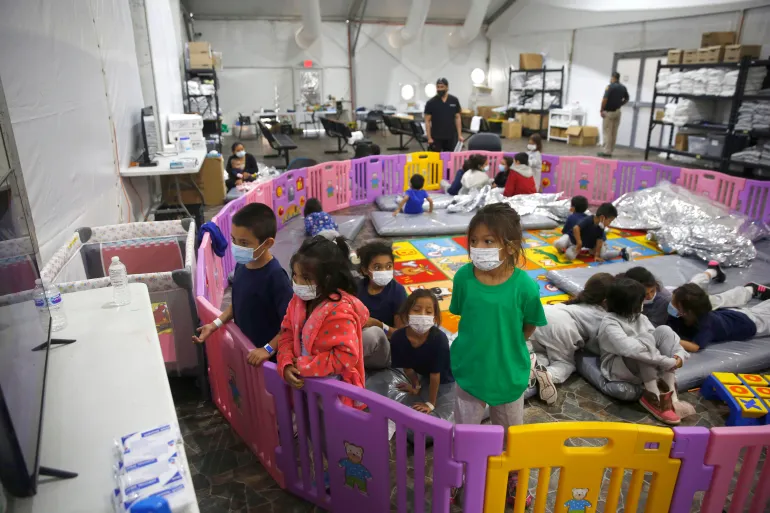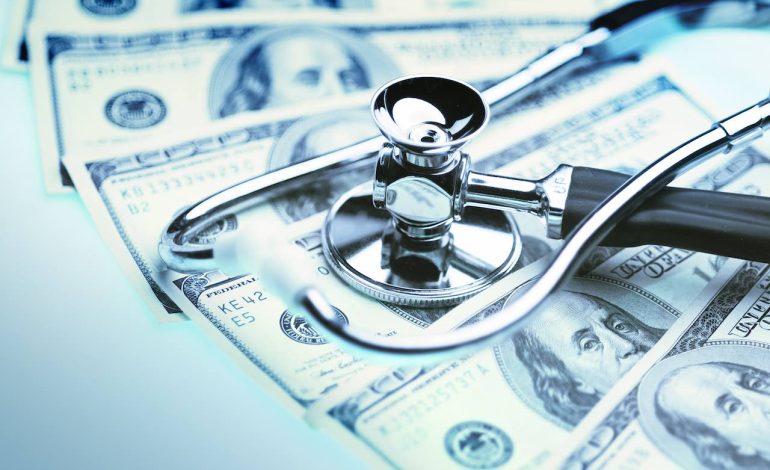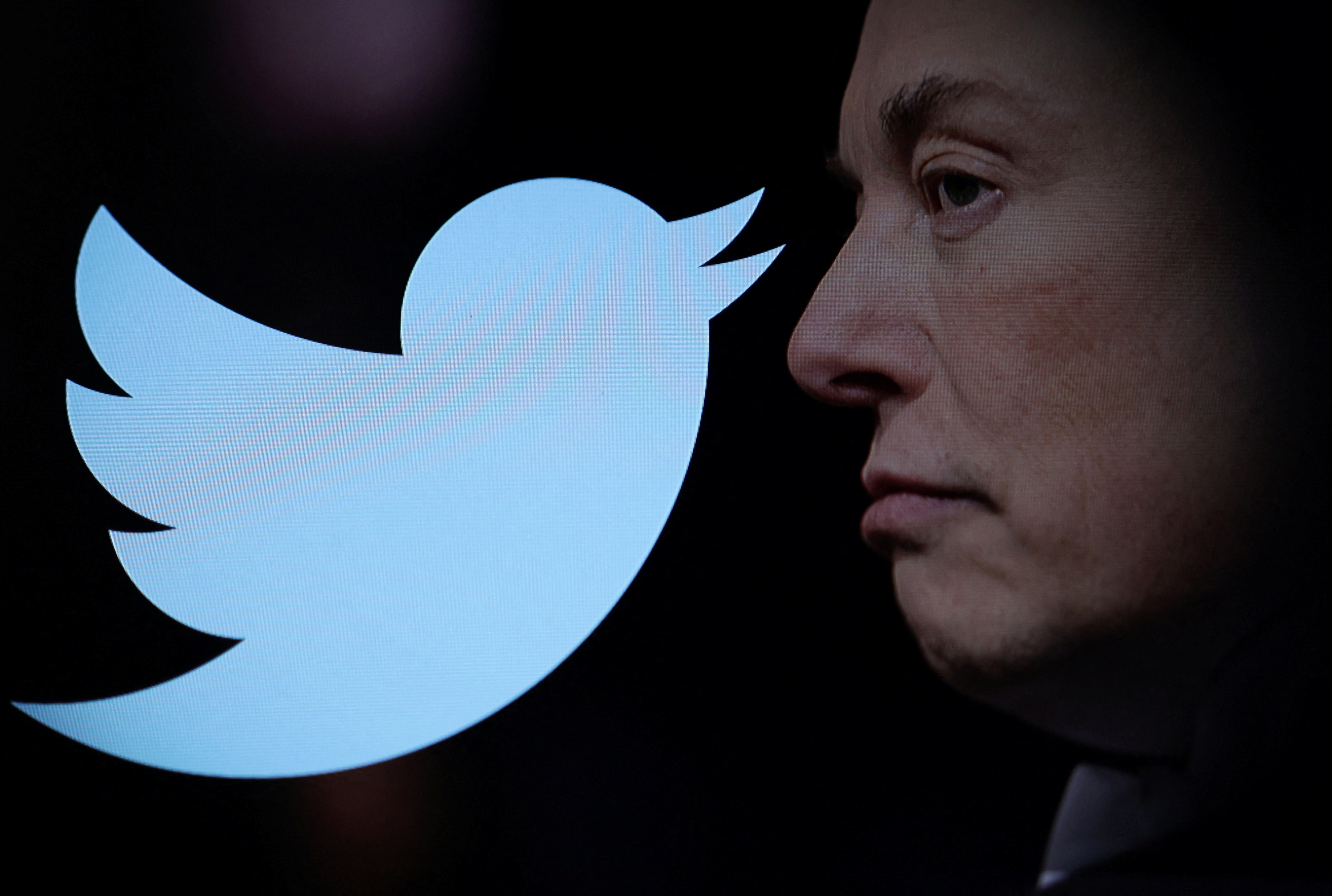A new study provides a detailed look at where Americans spend the most on health care, revealing significant differences in costs across the country, Axios reports.
The highest per capita spending in 2019 was found in Long Island, Washington, DC, and California’s Bay Area, while some rural counties had much lower health care expenditures.
Health care spending in the US is steadily increasing and is projected to reach $7.7 trillion by 2032. However, this spending varies widely by location, reflecting factors such as cost of living, access to health care services, and population health needs.
A study published in the Journal of the American Medical Association (JAMA) on March 25 analyzed US health care spending from 2010 to 2019, using data from insurance claims, hospital visits, and admissions. The study looked at spending through private insurance, Medicaid, and Medicare, as well as out-of-pocket costs. However, it did not include Veterans Affairs spending or certain categories like over-the-counter medications and medical transportation.
Where Health Care Spending Was Highest (2019)
Nassau County, NY: $13,300 per capita
Suffolk County, NY: $12,700 per capita
Washington, D.C.: $12,500 per capita
Where Health Care Spending Was Lowest (2019)
Clark County, ID: $3,400 per capita
Loving County, TX: $3,900 per capita
Kennedy County, TX: $4,000 per capita
Health care costs often mirror broader economic trends. High-cost areas such as Long Island, Washington, DC, and the Bay Area also have higher living expenses, which may drive up medical spending. In contrast, rural areas with lower costs of living tend to have lower per capita health care spending.
Among all health conditions, type 2 diabetes had the highest associated spending, totaling $143.9 billion in 2019. Spending on diabetes care grew at a rate of 1.9% per year between 2010 and 2019, even when adjusted for inflation and population factors.
This analysis does not account for spending during or after the COVID-19 pandemic, a period marked by increased health care demand and rising inflation. Future research will likely shed light on how the pandemic affected medical costs and access to care across the US.
The study’s findings are available in an interactive online tool, allowing users to explore spending by type of care, specific conditions, and geographic regions.










The latest news in your social feeds
Subscribe to our social media platforms to stay tuned